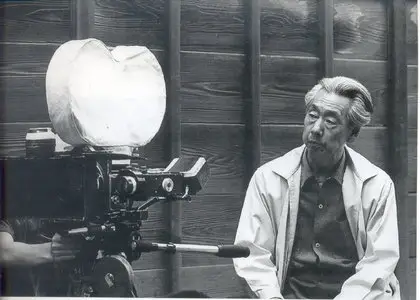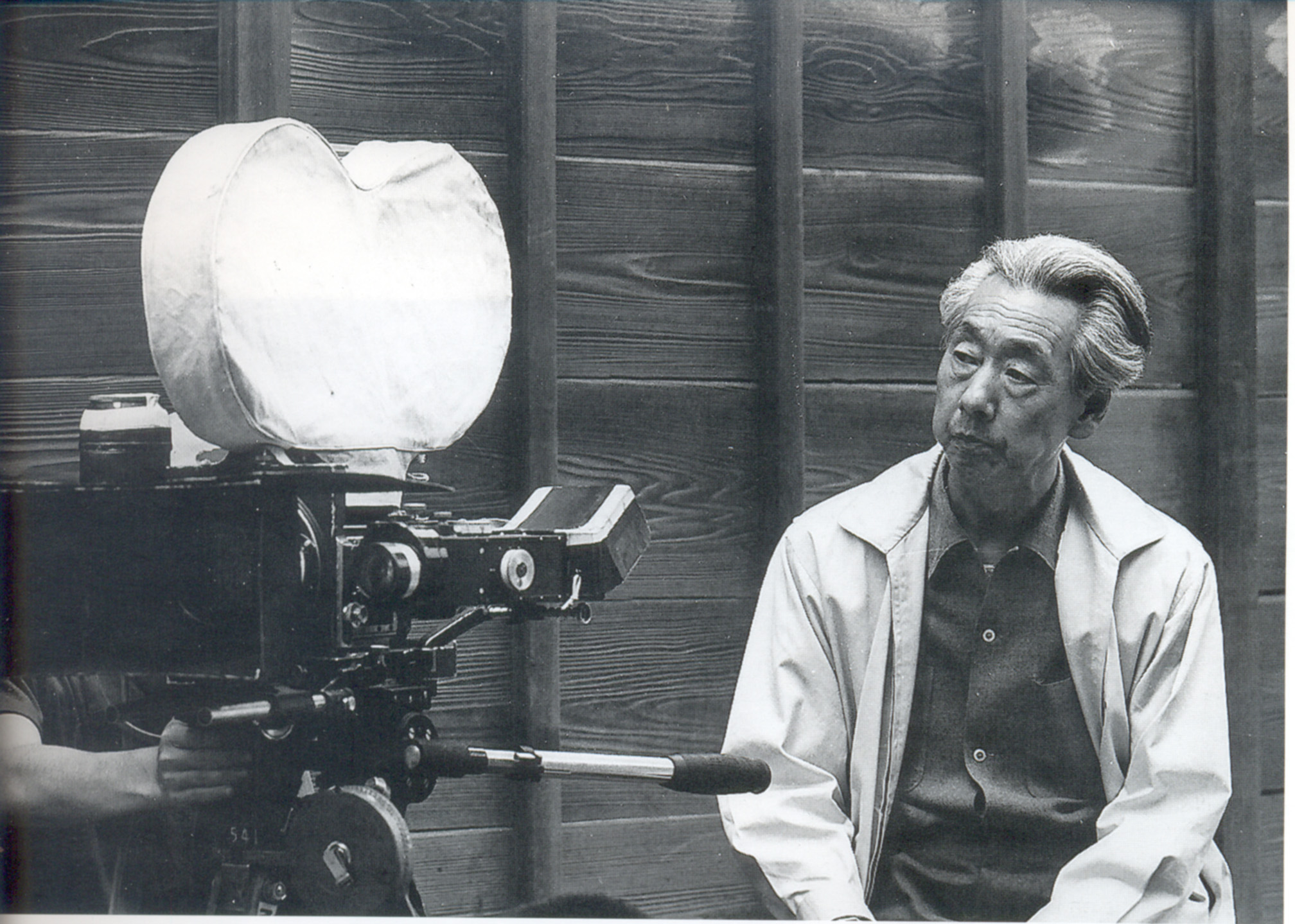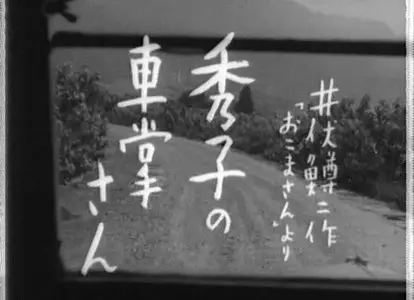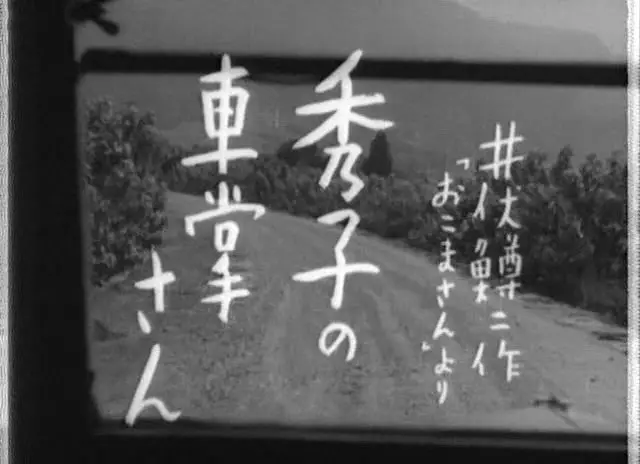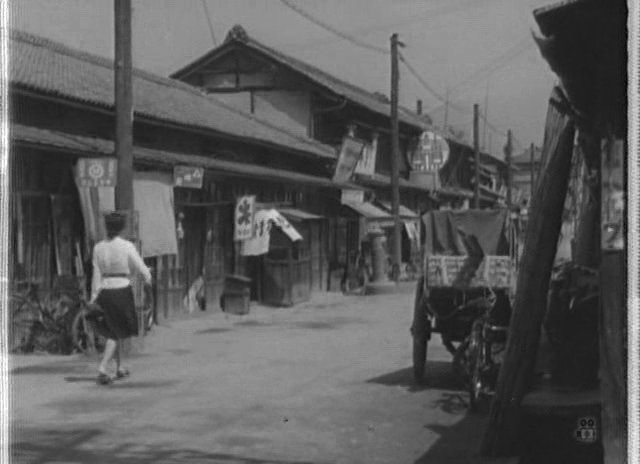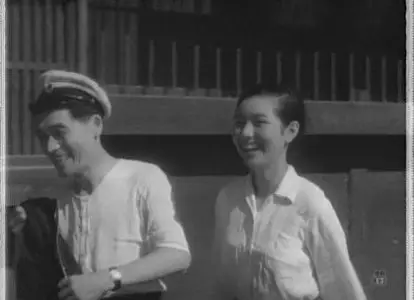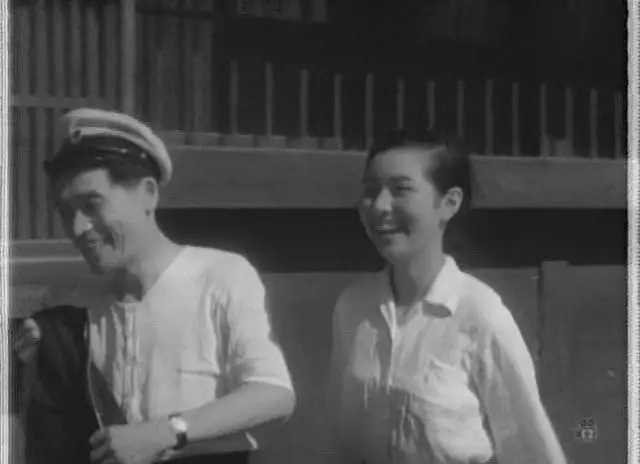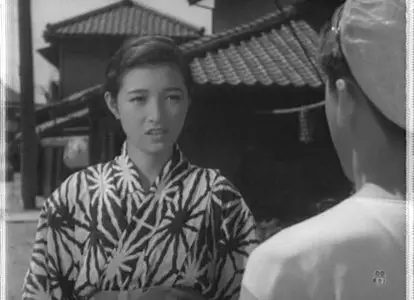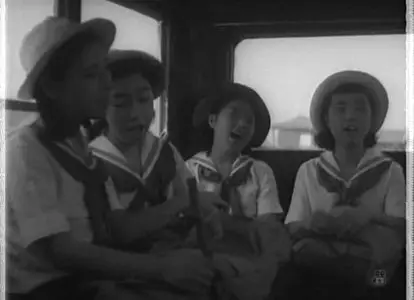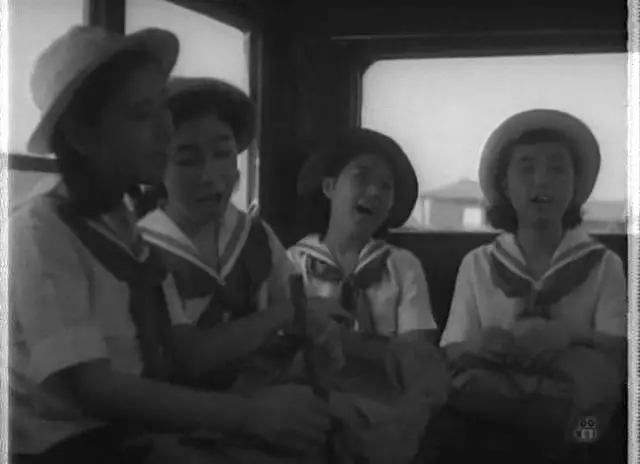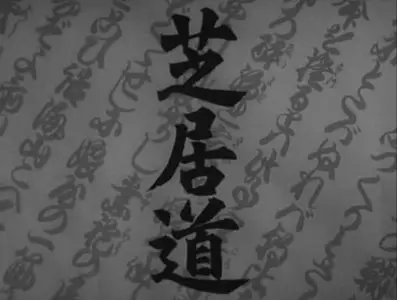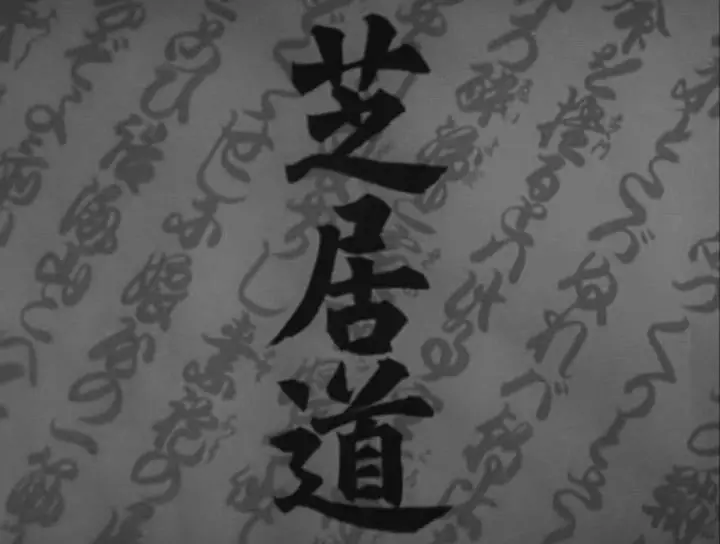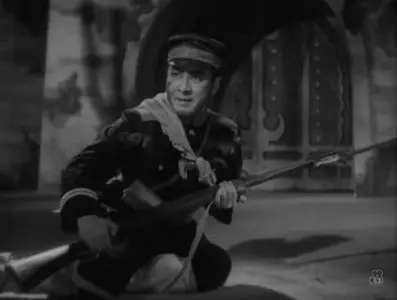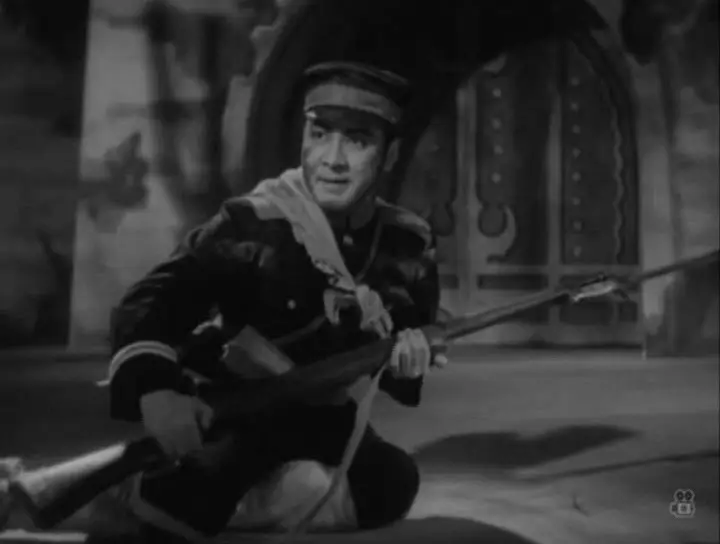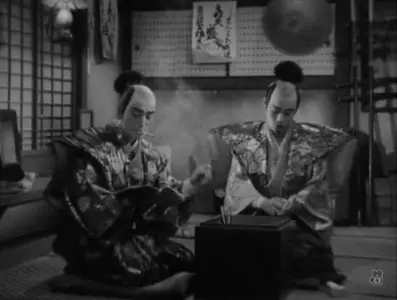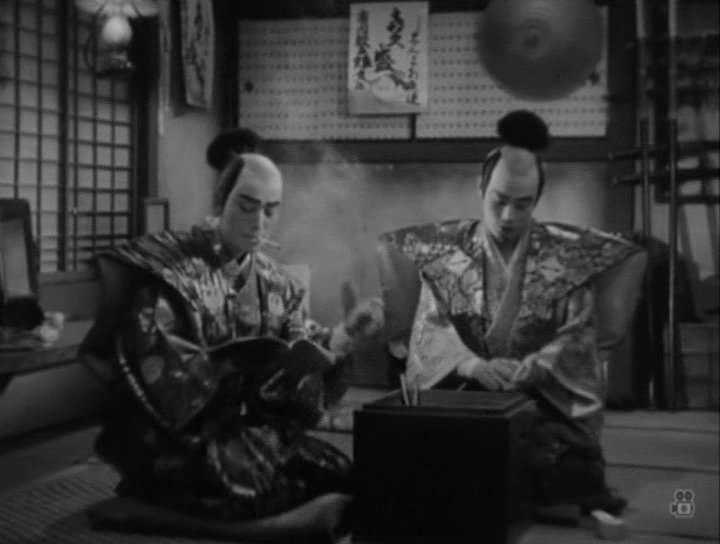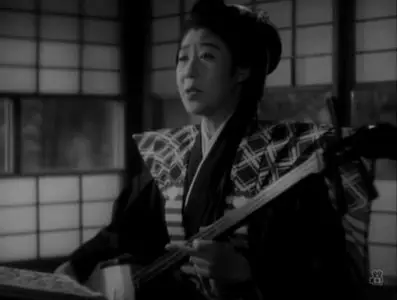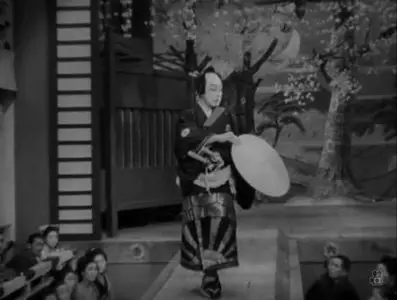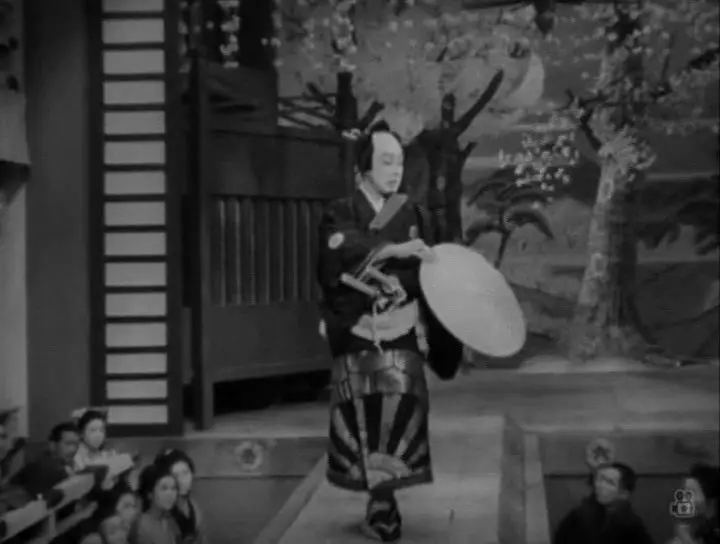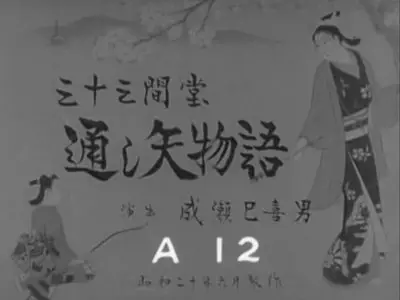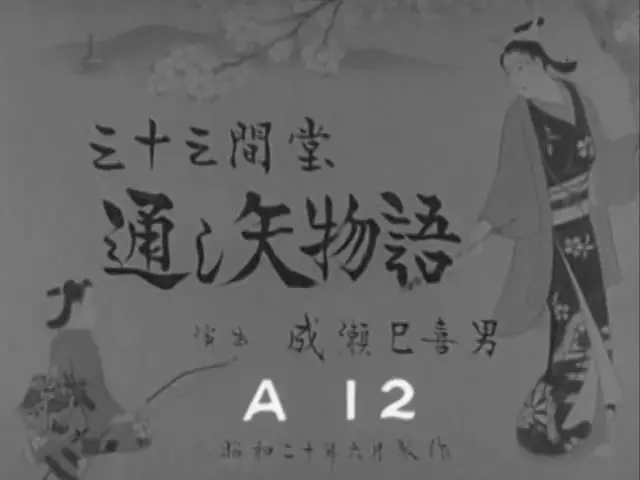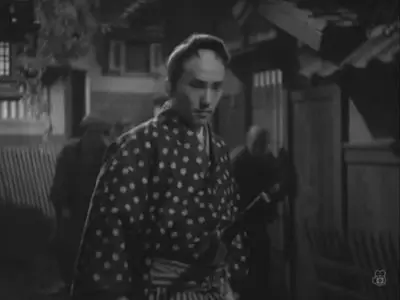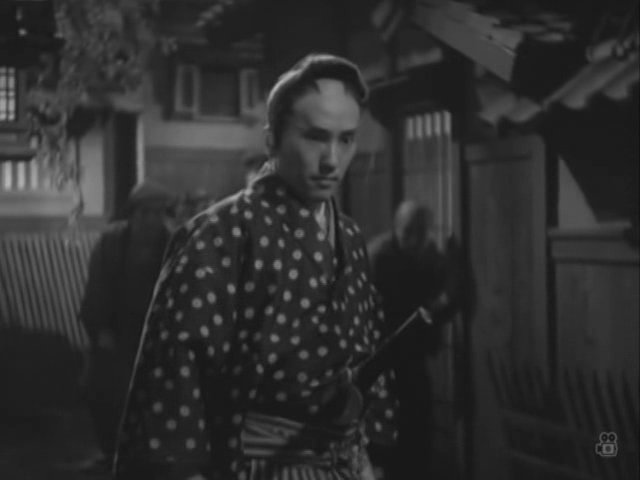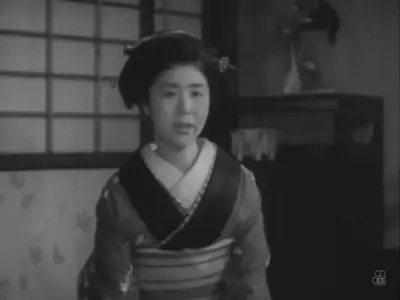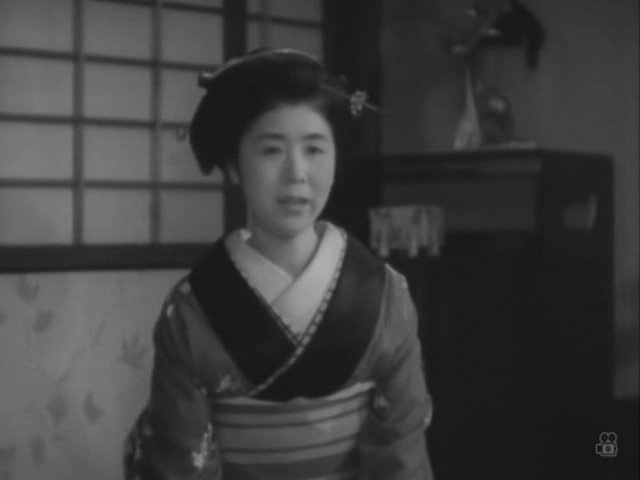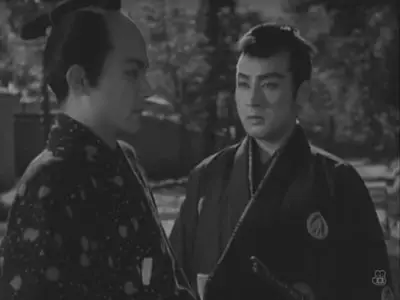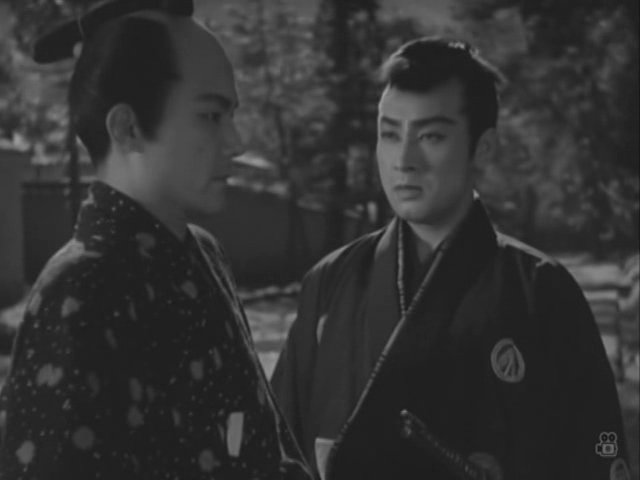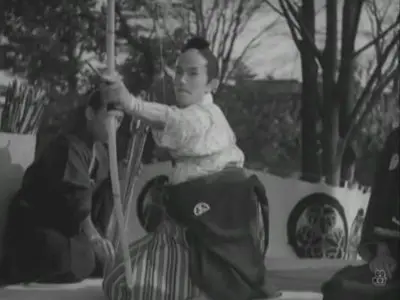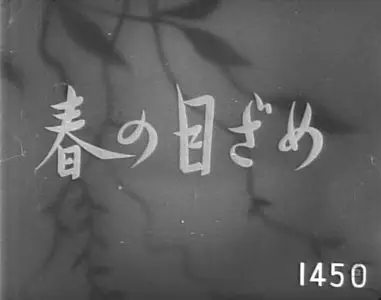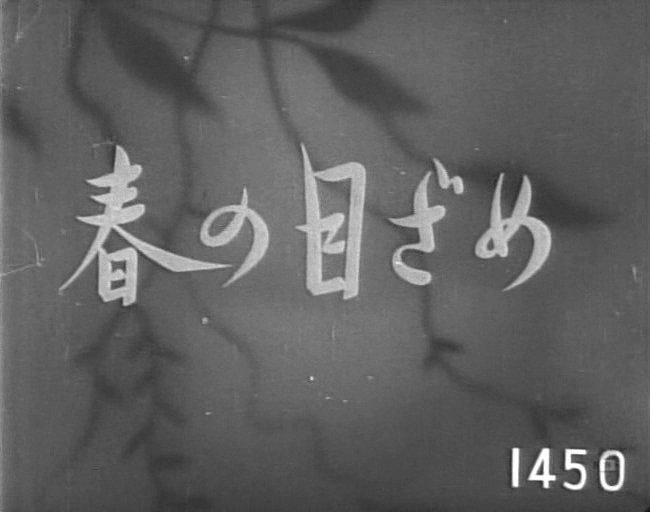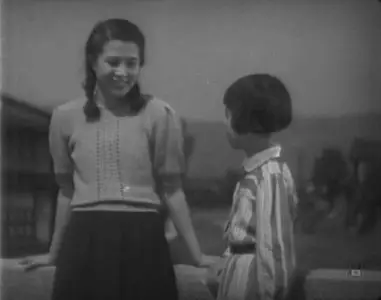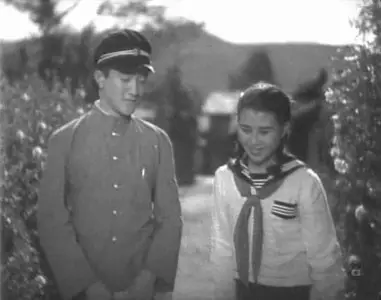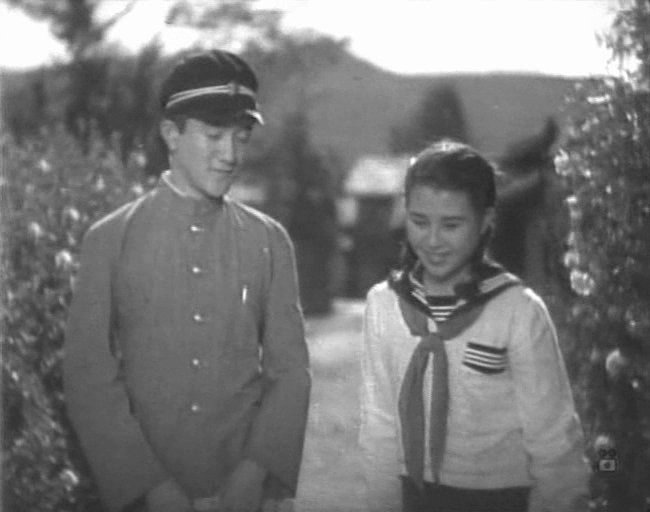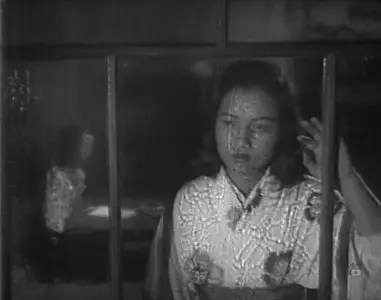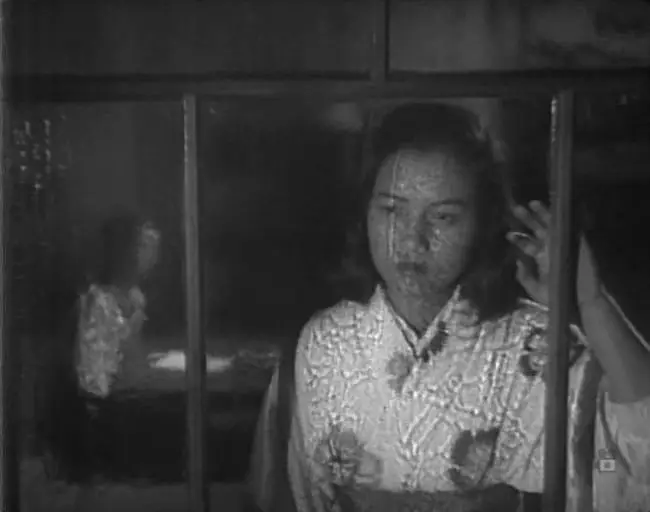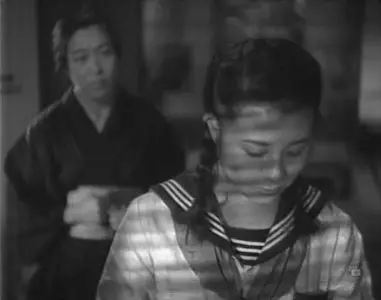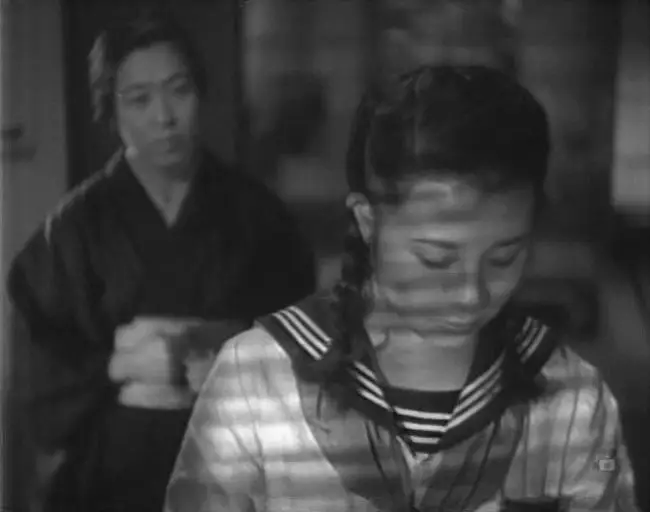Mikio Naruse's 4 films in 1940s
TVRip | AVI | XviD | Mp3 | 3.91 GB
Lang: Japanese | Subtitles: English | Genre: Classics | Director: Mikio Naruse
TVRip | AVI | XviD | Mp3 | 3.91 GB
Lang: Japanese | Subtitles: English | Genre: Classics | Director: Mikio Naruse
Mikio Naruse (成瀬巳喜男 , August 20, 1905 – July 2, 1969) was a Japanese filmmaker, screenwriter, and producer who directed some 89 films spanning the period 1930 (towards the end of the silent period in Japan) to 1967.
Naruse is known for imbuing his films with a bleak and pessimistic outlook. He made primarily shomin-geki (working-class drama) films with female protagonists, portrayed by actresses such as Hideko Takamine, Kinuyo Tanaka, and Setsuko Hara. Because of his focus on family drama and the intersection of traditional and modern Japanese culture, his films are frequently compared with the works of Yasujirō Ozu. His reputation is just behind Akira Kurosawa, Kenji Mizoguchi, and Ozu in Japan and internationally; his work remains less well known outside Japan than theirs.
Akira Kurosawa called Naruse's style of melodrama, "like a great river with a calm surface and a raging current in its depths".
Mikio Naruse was born in Tokyo in 1905. For a number of years he worked at the Shochiku film company under Shiro Kido as a property manager and later as an assistant director. He was not permitted to direct a film at Shochiku until 1930, when he made his debut film, Mr. and Mrs. Swordplay (Chanbara fūfū).
Naruse's earliest extant work is Flunky, Work Hard (Koshiben gambare, also known as Little Man Do Your Best) from 1931, where he combined melodrama with slapstick, trying to meet the demands set by Shochiku's Kamata studio, who wanted a mix of laughter and tears. In 1933, he quit Shochiku, and began working for Photo-Chemical Laboratories (later known as Toho).
His first major film was Wife! Be Like a Rose! (1935) (Tsuma yo Bara no Yo ni). It won the Kinema Junpo, and was the first Japanese film to receive theatrical release in the United States (where it was not well received). The film concerns a young woman whose father deserted his family many years before for a geisha. As so often in Naruse's films, the portrait of the "other woman" is nuanced and sympathetic: It turns out, when the daughter visits her father in a remote mountain village, that the second wife is far more suitable for him than the first. The daughter brings her father back with her in order to smooth the way for her own marriage, but the reunion with the first wife – a melancholy poetess – is disastrous: They have nothing in common, and the father returns to wife number two.
In the war years, Naruse went through a slow breakup with his wife Sachiko Chiba (who had starred in Wife! Be Like a Rose!). Naruse himself claimed to have entered a period of severe depression as a result of this. In the postwar period he collaborated with others more often, less frequently writing his own scripts. Notable successes included Mother (1952) (Okasan), a realistic look at family life in the postwar period, which received theatrical distribution in France, and 1955's Floating Clouds (Ukigumo), a doomed love story based (like many of Naruse's films) on a novel by Fumiko Hayashi.
When a Woman Ascends the Stairs (1960) (Onna ga kaidan o agaru) tells the story of an aging bar hostess trying to adapt to modern times. The film is notable for having almost no close-up shots or exterior scenes. Scattered Clouds (1967) (Miidaregumo) (a.k.a. Two in the Shadow) was his last film, and is regarded as one of his greatest works. A tale of impossible love between a widow and the driver who accidentally killed her husband, it was made two years before his death.
Naruse is known as particularly exemplifying the Japanese concept of mono no aware, the awareness of the transience of things, and a gentle sadness at their passing.
Naruse's films contain simple screenplays, with minimal dialogue, unobtrusive camera work, and low-key production design. Earlier films employ a more experimental, expressionist style, but he is best known for the style of his later work: deliberately slow and leisurely, designed to magnify the everyday drama of ordinary Japanese people’s trials and tribulations, and leaving maximum scope for his actors to portray psychological nuances in every glance, gesture, and movement.
Naruse filmed economically, using money- and time-saving techniques that other directors shunned, such as shooting each actor delivering his or her lines of dialogue separately, and then splicing them together into chronological order in post-production (this reduced the amount of film wasted with each retake, and allowed a dialogue scene to be filmed with a single camera). Perhaps unsurprisingly, money is itself a major theme in these films, possibly reflecting Naruse's own childhood experience of poverty: Naruse is an especially mordant observer of the financial struggles within the family (as in Ginza Cosmetics, 1951, where the female protagonist ends up supporting all her relatives by working in a bar, or A Wife's Heart, 1956, where a couple is swindled out of a bank loan by the in-laws).
1. Hideko no Shasho-San aka Hideko the Bus-Conductor (1941)
TVRip | AVI | 640 x 464 | XviD @ 1322 Kbps | Mp3 @ 128 Kbps | 53:41 | 561 MB
Lang: Japanese | Subtitles: English | Genre: Classics | Director: Mikio Naruse
IMDB
TVRip | AVI | 640 x 464 | XviD @ 1322 Kbps | Mp3 @ 128 Kbps | 53:41 | 561 MB
Lang: Japanese | Subtitles: English | Genre: Classics | Director: Mikio Naruse
IMDB
Hideko the Bus Conductress, Mikio Naruse's deceptively lighthearted comic confection, is the writer-director's first collaboration (of a total 17) with the great Japanese actress Hideko Takamine. As the teenage bus conductress O-Koma, Takamine might best be described as beatification personified, and it is her continuously cheerful demeanor that effectively masks the film's underlying current of satirical bitterness. In an effort to bolster the profits of the struggling Kohoku bus company, O-Koma and her co-worker Sonoda (Keita Fujiwara) propose offering tour guide commentary to the many sights along their rural route. After receiving approval from their hilariously disaffected boss (played by Yotaro Katsumi as a subtly frightening embodiment of the bottom line-minded bean-counter run amok), the duo enlists Gonji Igawa (Daijirô Natsukawa), a Tokyo novelist, to write the script for their venture. What follows plays as a comically cloaked metaphor for an artist's creative process, as well as a harsh appraisal of the military/big business synergism that was no doubt ubiquitous in wartime Japan, though I question how many viewers will see beyond the film's jovial surface to the rather ruthless critique at its core. It's quite possible that the central points of Hideko the Bus Conductress are lost in a morass of allusion and implication as necessitated by the censorious authorities of the time, but it is equally probable that Naruse has rather brilliantly misdirected his audience's expectations and hidden a scathing indictment of the powers-that-be within the confines of a crowd-pleasing star vehicle that aims, via our collective smiles and laughter, to expose a virulent and destructive societal canker. (from slantmagazine.com)
2. Shibaido aka The Way of Drama (1944)
TVRip | AVI | 720 x 544 | XviD @ 2271 Kbps | Mp3 @ 128 Kbps | 1:22:02 | 1.37 GB
Lang: Japanese | Subtitles: English | Genre: Classics | Director: Mikio Naruse
IMDB
TVRip | AVI | 720 x 544 | XviD @ 2271 Kbps | Mp3 @ 128 Kbps | 1:22:02 | 1.37 GB
Lang: Japanese | Subtitles: English | Genre: Classics | Director: Mikio Naruse
IMDB
Like Uta-Andon (aka The Song Lantern) in 1943, This film is about the traditional artistic. Naruse enjoyed shooting this film.
3. Sanjusangen-dou, toshiya monogatari aka A Tale of Archery at the Sanjusangendo (1945)
TVRip | AVI | 640 x 480 | XviD @ 1144 Kbps | Mp3 @ 128 Kbps | 1:16:08 | 700 MB
Lang: Japanese | Subtitles: English | Genre: Classics | Director: Mikio Naruse
IMDB
TVRip | AVI | 640 x 480 | XviD @ 1144 Kbps | Mp3 @ 128 Kbps | 1:16:08 | 700 MB
Lang: Japanese | Subtitles: English | Genre: Classics | Director: Mikio Naruse
IMDB
A Tale of Archery at the Sanjusangendo is a highly entertaining period piece from director Mikio Naruse, filmed in Kyoto during the devastating final months of World War II. (…)it feels very much at odds with the popularly accepted view of Naruse as a stasis-minded chronicler of the modern-day Japanese working class. Indeed, the director's most frequent thematic obsession—the problems of money—is rarely, if ever mentioned in this trio of wartime works, which tend to focus more exclusively on a naïve or arrogant protagonist, typically an artist, who must prove himself worthy of his craft. (from arananfms.blogspot.com)
4. Haru no mezame aka Spring Awakens (1947)
TVRip | AVI | 650 x 512 | XviD @ 1946 Kbps | Mp3 @ 128 Kbps | 1:13:51 | 1.30 GB
Lang: Japanese | Subtitles: English | Genre: Classics | Director: Mikio Naruse
IMDB
TVRip | AVI | 650 x 512 | XviD @ 1946 Kbps | Mp3 @ 128 Kbps | 1:13:51 | 1.30 GB
Lang: Japanese | Subtitles: English | Genre: Classics | Director: Mikio Naruse
IMDB
"Haru no mezame" was Naruse's third full-lenth post-war film – and a delightful surprise. It turns out to be a slice of life film, centered around a couple of years in the life of a rural high school girl – played by 16 year old Yoshiko Kuga (future star in Portrait of Madame Yuki, Banka, Equinox Flower, Good Morning) – still a tiny bit plumpish – and not full grown. Almost no plot to speak of – just normal events of school and home life and hanging around with friends. She gets grounded after one unauthorized coed outing (which a friend has unwisely photographed), she gets upset when one male acquaintance kisses her without approval, and gets sad when the boy she likes best is sent to a better school in Tokyo by his parents. A family maid gets pregnant (without benefit of marriage). This is as relaxed and good-natured a film as Naruse ever made. (He out-Shimizus Shimizu here – in this respect). (from arananfms.blogspot.com)
Screenshot:
Rapidshare Links:
Part 1 | Part 2 | Part 3 | Part 4 | Part 5 | Part 6 | Part 7 | Part 8 | Part 9 | Part 10 | Part 11 | Part 12 | Part 13 | Part 14
Rapidshare Links:
Part 1 | Part 2 | Part 3 | Part 4 | Part 5 | Part 6 | Part 7 | Part 8 | Part 9 | Part 10 | Part 11 | Part 12 | Part 13 | Part 14


